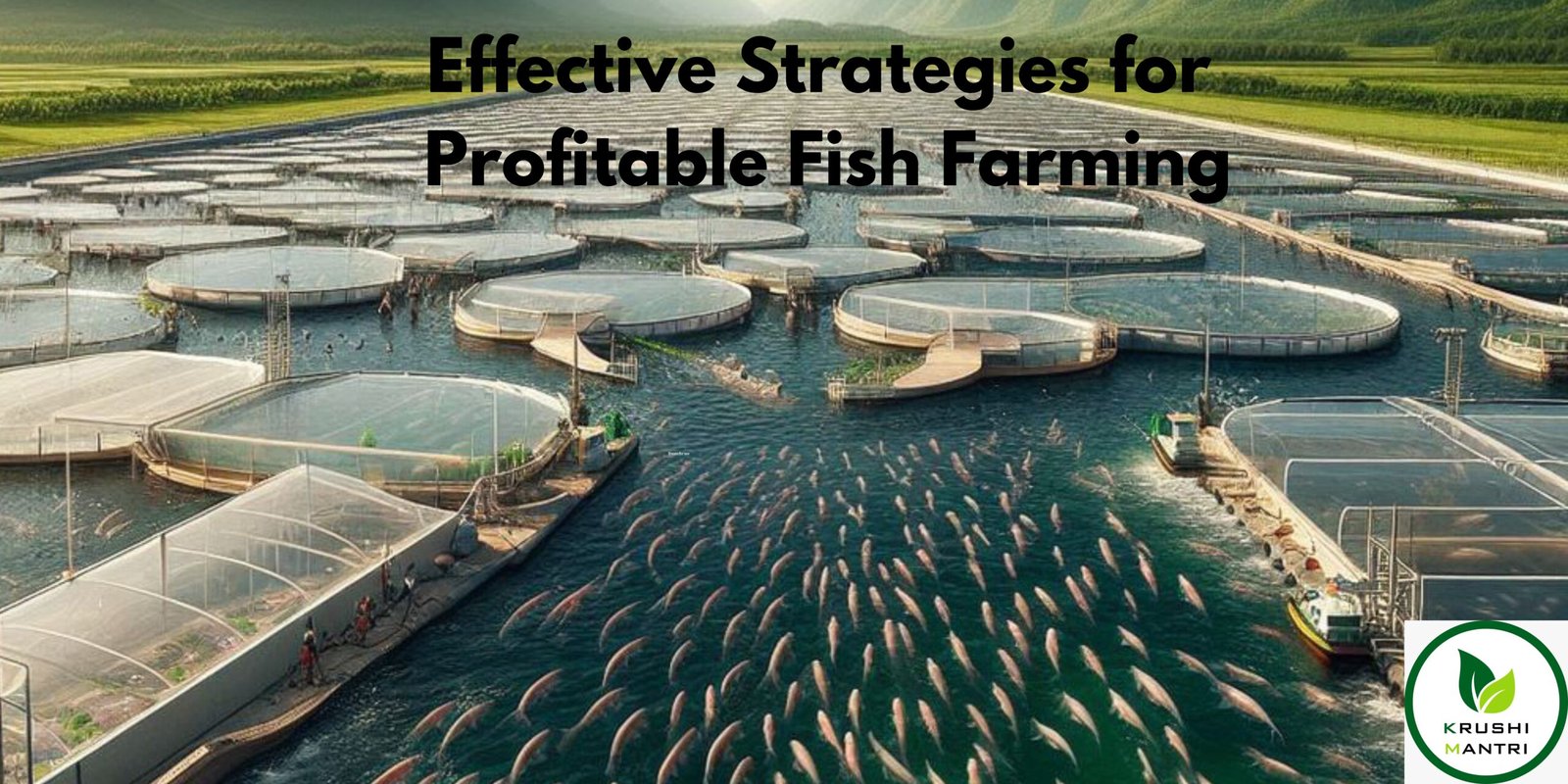Crop Nutrition Management: Ensuring High-Quality Grape Yields
Greetings, fellow farming enthusiasts! As a farmer with years of experience in the agricultural industry, I am excited to share my knowledge on grapes farming with you all. Grapes are a widely popular fruit that can be used for wine production, fresh consumption, juice, and raisins. The cultivation of grapes for these purposes has been practiced for centuries, and the farming process requires specific climatic and soil conditions, as well as careful management practices throughout the growing season. While grapes farming can be a lucrative business, it requires a significant initial investment and ongoing labor-intensive efforts to ensure high-quality yields.
In this blog, we will explore the various aspects of grapes farming, from the different types of grapes and their benefits to the pros and cons of farming them. We will also delve into land preparation, seed rate and spacing, intercultural operations, crop nutrition management, irrigation management, weed and pest management, and harvesting and post-harvest measures. By the end of this article, you will have a better understanding of the complexities and rewards of grapes farming. So, let’s dive in and discover the secrets of growing these delicious and versatile fruits!
Grapes are an amazing fruit with many different varieties grown all over the world. From my personal experience, I have learned about the different types of grapes and their benefits.
Table grapes are the most common type and are great for eating fresh or adding to salads. Wine grapes, on the other hand, are high in sugar content and are mainly used for wine making. Raisin grapes are small and sweet, and when dried, they become delicious raisins. Lastly, juice grapes are perfect for making grape juice and concentrate as they have a high juice content.
If you’re considering grapes farming, there are many benefits to it. One of the biggest advantages is the high demand for grapes worldwide. The global market for grapes is projected to reach a whopping $72.6 billion by 2027! This means that you have the potential to earn a great income from your grape farm. So, if you have the space and resources, grapes farming can be a great investment for your future.
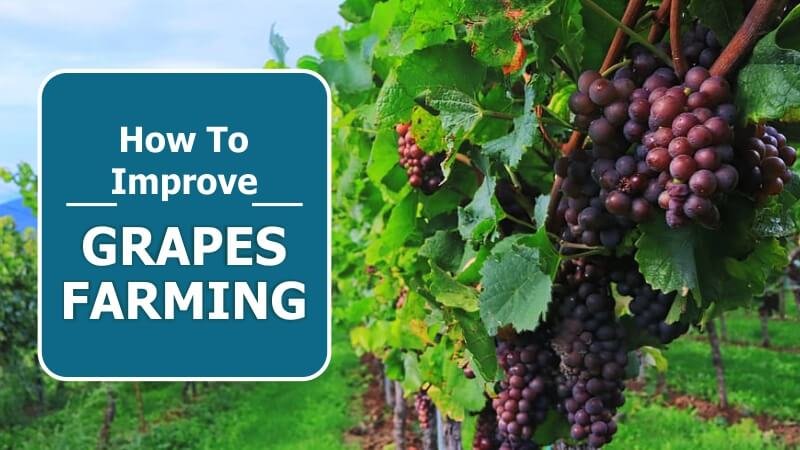
Types of Grapes
There are numerous types of grapes, with over 8,000 different varieties being grown worldwide. Some of the most common types include:
Table Grapes:- These are the most common type of grapes and are eaten fresh or used in salads.
Wine Grapes:- These are used for making wine and have a high sugar content.
Raisin Grapes:- These are small, sweet grapes that are dried to make raisins.
Juice Grapes:-These have a high juice content and are used for making grape juice and concentrate.
Benefits of Grapes Farming
Grapes farming has numerous benefits, including:
High Demand:- Grapes are in high demand worldwide, with the global market for grapes projected to reach $72.6 billion by 2027.
Nutritional Value:- Grapes are a good source of vitamins C and K, fiber, and antioxidants.
Health Benefits:- Grapes have been linked to numerous health benefits, including reducing the risk of heart disease, cancer, and diabetes.
Diverse Uses:- Grapes can be used for various purposes, such as making wine, juice, and raisins.
Climate & Soils
The grapevines require a warm and dry climate to grow. The ideal temperature range for the grapevines is between 15°C to 40°C. In areas with a high amount of rainfall, it is essential to have a proper drainage system. The grapes require well-drained soils with a pH level ranging from 5.5 to 7.5. The soil should be rich in organic matter and should have a good water-holding capacity.
Land Preparation
Land preparation is an essential step in grape farming. The land should be plowed and leveled to prepare the seedbed. The soil should be free from weeds, debris, and rocks. After plowing, the soil should be left for a few weeks to allow the weeds to germinate, which can then be removed by cultivation.
Seed Rate & Spacing
The seed rate and spacing are crucial for the growth and yield of grapes. The seed rate depends on the variety of grapes and the type of soil. In general, a seed rate of 800 to 1200 grams per acre is recommended. The spacing between the plants should be 8 to 10 feet between rows and 6 to 8 feet between plants.
Intercultural Operations
Intercultural operations refer to the practices that are carried out during the growing period to maintain the soil and plant health. The intercultural operations include pruning, training, and trellising of the vines. Pruning is done to remove the unwanted and diseased wood, which can affect the yield. Training is done to ensure the proper growth of the vines, and trellising helps to support the weight of the grapes.
Crop Nutrition Management
Grapevines require a specific set of nutrients to grow and produce good quality grapes. The primary nutrients required by the grapevines are nitrogen, phosphorus, and potassium. In addition, the grapevines require calcium, magnesium, sulfur, and micronutrients such as zinc, copper, and iron. The nutrient requirement varies depending on the soil type and the grape variety.
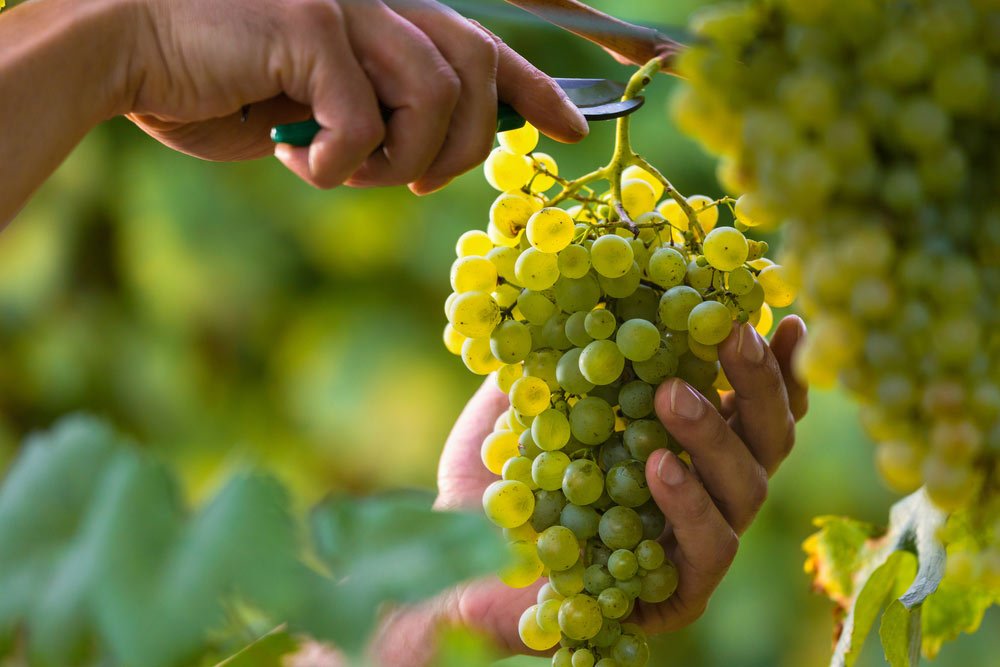
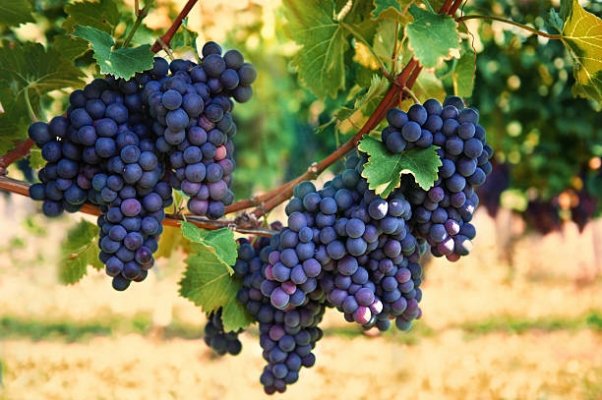
What nutrients does a grape plantation require?
Nitrogen, Phosphorus, Potassium, Calcium, Magnesium, Sulphur, Iron, Manganese, Zinc, Copper and Boron
| Nutrient | Similar Product |
|---|---|
| Nitrogen | Urea, Ammonium Nitrate, Calcium Ammonium Nitrate |
| Phosphorus | Superphosphate, Triple Superphosphate, Monoammonium Phosphate |
| Potassium | Muriate of Potash, Sulphate of Potash, Potassium Nitrate |
| N + P | Diammonium Phosphate, Monoammonium Phosphate |
| N + K | Ammonium Potassium Nitrate, Calcium Ammonium Nitrate |
| N + P + K | Potassium Nitrate, NPK Fertilizers |
| Calcium | Calcium Nitrate, Calcium Phosphate |
| Magnesium | Magnesium Sulfate, Magnesium Oxide |
| Sulphur | Elemental Sulphur, Gypsum |
| Ca + Mg + S | Calcium Magnesium Sulfate, Calcium Sulfate |
| Iron | Iron Sulfate, Iron Chelates |
| Zinc | Zinc Sulfate, Zinc Chelates |
| Manganese | Manganese Sulfate, Manganese Chelates |
| Copper | Copper Sulfate, Copper Chelates |
| Boron | Boric Acid, Borax |
Irrigation Management
Irrigation is essential for grape farming, especially during the dry season. The grapevines require regular watering, and the water requirement varies depending on the stage of growth. Over-irrigation can lead to waterlogging, which can affect the root growth and overall plant health. Therefore, it is essential to maintain proper irrigation management.
Weeds & Weed Management
Weeds are a significant problem in grape farming, and they can compete with the grapevines for nutrients and water. The most effective weed management technique is to prevent the weeds from growing by using pre-emergent herbicides. Post-emergent herbicides can also be used to control the weeds, but they should be used carefully to avoid any damage to the grapevines.
Insect Pests & Pest Management
Insect pests can damage the grapevines and affect the yield. The most common insect pests that affect grapevines are the grapevine moth, grape leafhopper, and grape berry moth. The pest management techniques include the use of insecticides and the cultivation of insect-resistant varieties.
Plant Diseases & Disease Management
Grape diseases can be managed through a combination of cultural practices, sanitation, resistance, and fungicide sprays
1. The University of California provides official guidelines for pest management in agriculture, including grapes
2. Many grape pathogens that cause diseases like downy mildew, black rot, Phomopsis, and Botrytis, survive the winter in infected plant material
3. Disease management is critical for successful grape and wine production, and early season management is particularly important
Harvesting & Post-Harvest Measures
Harvesting is the most critical stage in grape farming, and it requires careful attention. The grapes should be harvested at the right time to ensure good quality and maximum yield. The following are some of the key factors to consider during harvesting and post-harvest measures:
Harvesting Time
The ideal time to harvest grapes depends on the variety of grapes and the purpose of farming. For table grapes, the grapes should be harvested when they are fully ripe, whereas for wine grapes, they should be harvested when they reach a specific sugar level.
Harvesting Methods
The harvesting method used depends on the size of the farm and the variety of grapes. Hand harvesting is the most common method used for high-quality grapes, whereas machine harvesting is used for larger farms.
Post-Harvest Measures
After harvesting, the grapes need to be properly handled and stored to ensure their quality. The following are some of the essential post-harvest measures:
Sorting and Grading
The harvested grapes should be sorted and graded based on their quality. The damaged or overripe grapes should be removed, and the remaining grapes should be graded based on their size and color.
Packaging
The grapes should be packaged in a manner that protects them from damage during transportation. The packaging should also allow for proper ventilation to prevent the accumulation of moisture, which can lead to decay.
Storage
The grapes should be stored in a cool and dry place with a temperature range of 0°C to 5°C. The storage area should have good ventilation and be free from pests and rodents.
Transportation
The transportation of grapes should be done carefully to prevent damage. The grapes should be transported in temperature-controlled trucks to ensure their quality.
In conclusion, grape farming requires careful attention to several factors, including climate and soils, land preparation, seed rate and spacing, intercultural operations, crop nutrition management, irrigation management, weed, insect, and pest management, harvesting, and post-harvest measures. Proper attention to all of these factors can help ensure the quality and maximum yield of the grape crop.
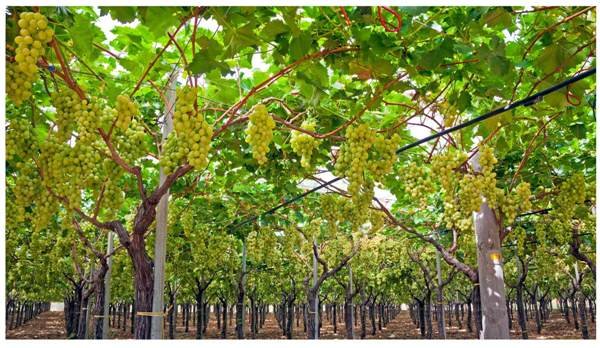
Pros & Cons of Grapes Farming
Like any other business, grapes farming has its pros and cons, including:
Pros:
High Revenue: Grapes farming can be a lucrative business, with high profits possible.
Longevity: Grapevines can live for decades, providing a stable source of income.
Sustainability: Grapes farming is a sustainable business, with minimal environmental impact.
Cons:
High Initial Investment: Grapes farming requires a significant initial investment in land, equipment, and infrastructure.
Labor-Intensive: Grapes farming is a labor-intensive business, with manual labor required for pruning, harvesting, and other tasks.
Market Risks: Grapes farming is susceptible to market fluctuations and weather conditions, which can impact prices and yields.
In conclusion, grapes farming is a lucrative business with various benefits, including high demand, nutritional value, health benefits, and diverse uses. However, it requires specific climatic and soil conditions, as well as careful management practices throughout the growing season. From land preparation to post-harvest measures, every aspect of grape farming is crucial to ensure high-quality yields. By following best practices for seed rate and spacing, intercultural operations, crop nutrition management, irrigation management, and weed and pest management, farmers can successfully grow and harvest grapes. With the global market for grapes projected to continue to grow, investing in grapes farming can be a smart decision for those willing to put in the initial investment and ongoing labor-intensive efforts.
We hope this blog is vital for you; hence more information regarding any agriculture sector, stay tuned with Krushimantri.com
And more information regarding any travel, stay turned with urbanchats.com





